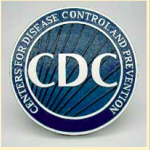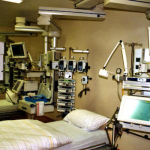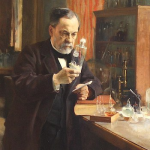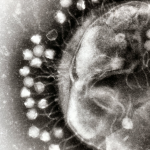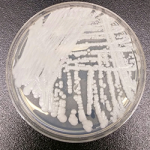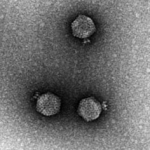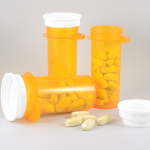Even in the time of COVID-19, antibiotic resistance remains a problem. Is it a particle or a wave? - turns out it may be neither. Zombies get all the press, but are vampires the real problem? Theory or practice? Finally, more on the science of gift-giving.
antibiotic resistance
A European study found that 44% of "antibiotic-free" animal feed samples tested contained antibiotics.
The US Centers for Disease Control recently released its new report, Antibiotic Resistant Threats in the United States, 2019. ACSH Advisor Dr. David Shlaes discusses its pros and cons.
When there is little if any money to be made curing a disease, non-profits could come to the rescue.
As the rational world continues its descent into madness, the (mis)use of homeopathy seems to be spreading like wildfire. In an attempt to limit antibiotic use in animals, an E.U. group is proposing that homeopathy be used instead. By why stop there? Wouldn't homeopathic grass save a lot of acreage? Or even better, wouldn't a homeopathic cow require neither antibiotics nor grass? Spolier: Stupid alert.
Identifying the cause of an infectious disease is time-consuming and not always easy. So a company called Karius has developed a blood test that analyzes cell-free DNA to identify more than a thousand pathogens.
Promising work just published in the journal Nature Medicine offers hope when antibiotic resistance, in an extremely sick patient, renders limited treatments.
Though recent and alarming headlines are touting a global superbug, it can be hard to discern fact from fiction. Should we be worried? Let's take a look and find out.
Since bacteria, such as those that cause gonorrhea or gastrointestinal infections, are becoming increasingly resistant to antibiotics, scientists are searching for outside-the-box ideas to tackle the problem. They may have found in one in bacteriophage: viruses that exclusively infect and kill bacteria.
How often do you hear of someone using their spouse's antibiotic from a prior illness? Or, dispensing an Ambien to a colleague or friend? For those practicing medicine without a license in person, or through social media crowdsourcing, the harms can be considerable.
The bacterial symbionts living in our gut, the microbiome, is subject to the evolutionary pressures our body – and by extension our diet, activity, and geography – create. Nature provides good examples of both change and resilience. Can we learn from those examples?
When business models drive medical systems, low-value care ensues. The concern is compounded by the tremendous growth in urgent-care and retail clinics. These facilities are now contributing to 40 percent of outpatient antibiotic prescriptions.


